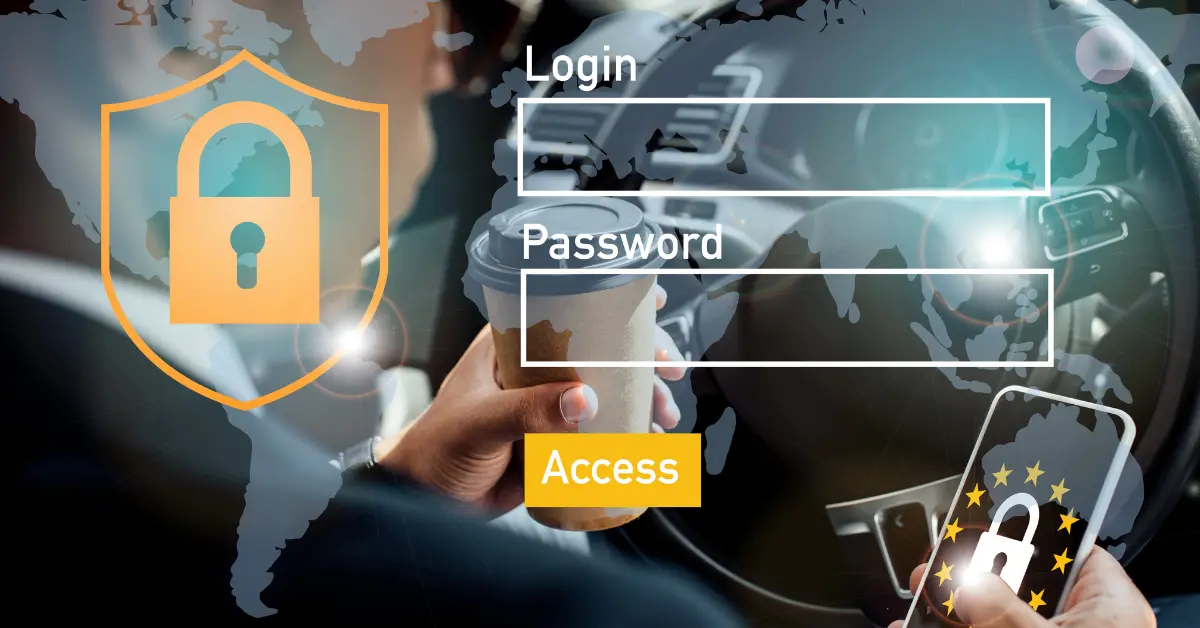Web Security, WordPress
Learn How to Create and Use Strong WordPress Passwords to Secure Your Website and Protect Against Cyber Threats
- By seqrex
- No Comments
17 Mar

WordPress is one of the most popular website creation and management platforms in the world. As with any website, security is a top concern for website owners. One of the easiest and most effective ways to improve website security is by creating and using strong passwords.
In this article, we will discuss the importance of strong passwords and provide step-by-step instructions on how to create and use them on your WordPress site.
Table of Contents
- Introduction
- Why Strong Passwords are Important
- Password Creation Best Practices
- Length
- Complexity
- Avoiding Common Words and Phrases
- Avoiding Personal Information
- Password Managers
- How to Create a Strong Password
- How to Use a Strong Password on WordPress
- Changing Your Password
- Enforcing Strong Passwords for Users
- Two-Factor Authentication
- Conclusion
- FAQs
Why Strong Passwords are Important
Passwords are the first line of defense against cyber threats. They are meant to prevent unauthorized access to your website and protect your sensitive information. However, weak passwords can be easily guessed or cracked by attackers, leaving your website vulnerable to various security risks, including data breaches, hacking attempts, and malware infections.
In fact, studies have shown that weak passwords are a leading cause of security breaches on the web. According to the 2021 Verizon Data Breach Investigations Report, compromised passwords were involved in 61% of data breaches.
Password Creation Best Practices
Creating a strong password is essential to protecting your website from cyber threats. Here are some best practices to follow when creating a password:
Length
The longer the password, the harder it is to crack. Aim for a minimum of 12 characters.
Complexity
A strong password should include a combination of uppercase and lowercase letters, numbers, and symbols.
Avoiding Common Words and Phrases
Avoid using common words or phrases, as these can be easily guessed by attackers using dictionary attacks or brute force methods.
Avoiding Personal Information
Do not use personal information, such as your name, birthdate, or address, in your password.
Password Managers
Consider using a password manager to generate and store strong passwords securely.
How to Create a Strong Password
Now that you know the best practices for creating a strong password, here’s how to create one:
- Start with a phrase that is easy to remember, but not too common.
- Convert the phrase into a string of characters by taking the first letter of each word.
- Add numbers and symbols to the string, such as replacing letters with numbers or using symbols in place of letters.
- Make sure the password is at least 12 characters long.
For example, the phrase “I love to go hiking in the mountains” could be turned into the password “Il2gH!tm”.
How to Use a Strong Password on WordPress
Creating a strong password is just the first step. You also need to use it properly on your WordPress site. Here’s how:
Changing Your Password
To change your password in WordPress:
- Log in to your WordPress dashboard.
- Click on your profile in the top right corner.
- Click “Edit Profile”.
- Scroll down to the “Account Management” section.
- Enter your new password twice in the “New Password” and “Repeat New Password” fields.
- Click “Update Profile” to save your changes.
Enforcing Strong Passwords for Users
As a site owner, you can also enforce strong passwords for your users. To enforce strong passwords for users:Go to your WordPress dashboard and click on “Settings”.
- Click on “Passwords” under the “General” tab.
- Check the box next to “Password strength requirements”.
- Set the minimum password strength you require for users.
- Click “Save Changes” to apply the new settings.
By enforcing strong passwords for your users, you can ensure that their accounts are protected from cyber threats.
Two-Factor Authentication
Another way to improve security on your WordPress site is by enabling two-factor authentication (2FA). 2FA adds an extra layer of security by requiring users to provide a second form of authentication, such as a code sent to their mobile device, in addition to their password.
To enable 2FA on your WordPress site:
- Install a 2FA plugin, such as Google Authenticator or Duo Security.
- Follow the plugin’s instructions to set up 2FA for your account or for all users.
- Users will then be required to provide a code in addition to their password to log in to the site.
Enabling 2FA can significantly reduce the risk of unauthorized access to your website.
Conclusion
Creating and using strong passwords is a crucial step in securing your WordPress website. By following password creation best practices, such as using a combination of letters, numbers, and symbols, avoiding common words and phrases, and using a password manager, you can ensure that your passwords are strong and difficult to crack.
Additionally, by enforcing strong passwords for your users and enabling two-factor authentication, you can further improve the security of your website. Remember, the security of your website is your responsibility as a site owner. Take the necessary steps to protect your website and your users from cyber threats.
FAQs
- What is a strong password? A strong password is a password that is difficult to guess or crack, typically consisting of a combination of uppercase and lowercase letters, numbers, and symbols.
- How long should my password be? Passwords should be at least 12 characters long to make them harder to crack.
- Should I use a password manager? Using a password manager can help you generate and store strong passwords securely.
- Can I enforce strong passwords for my WordPress users? Yes, you can enforce strong passwords for your WordPress users by enabling password strength requirements in the WordPress settings.
- What is two-factor authentication? Two-factor authentication adds an extra layer of security to your login process by requiring users to provide a second form of authentication, such as a code sent to their mobile device, in addition to their password.
Related Post
Recent Posts
- The Ultimate Defense: Preventing Content Scraping on Your Website

- Mastering WordPress Security: Creating Strong Passwords

- The Ideal Number of WordPress Plugins: A Comprehensive Guide

- Protecting Your WordPress Site: The Importance of Intrusion Detection System (IDS)

- The Ultimate Checklist for Detecting a Hacked Website

Categories
- Data (1)
- Web Security (23)
- WordPress (14)
We provide round-the-clock protection for your website with our state-of-the-art managed security services. You can relax and enjoy peace of mind knowing that we’ve got you covered. Our assurance: if we can’t secure your website, no one can.
© 2025 Seqrex. All rights reserved.


